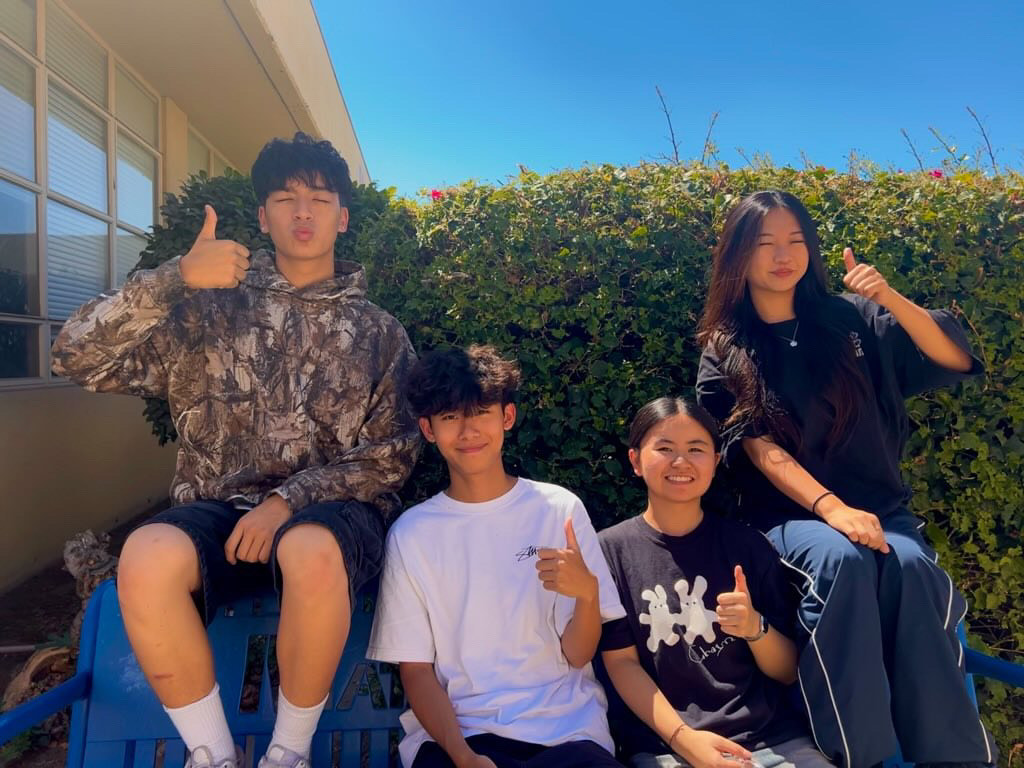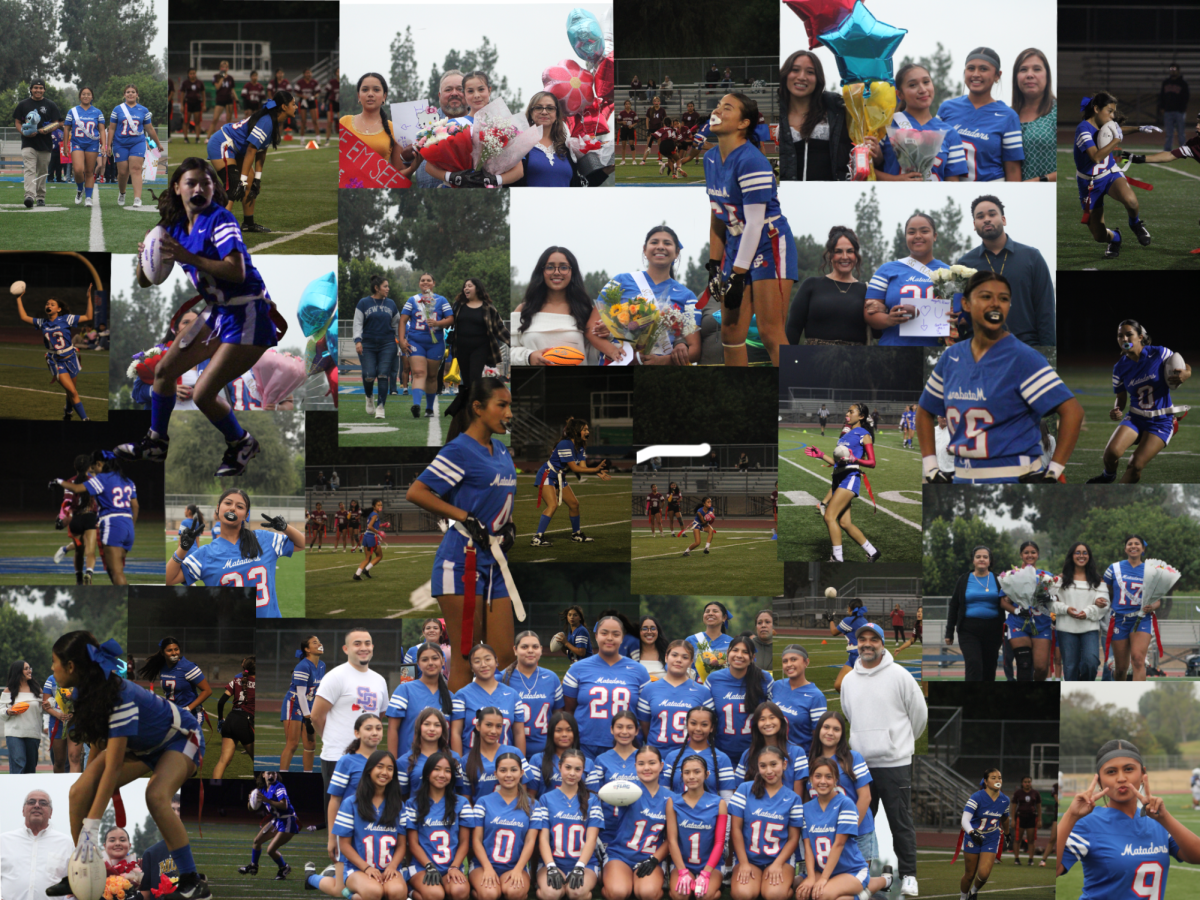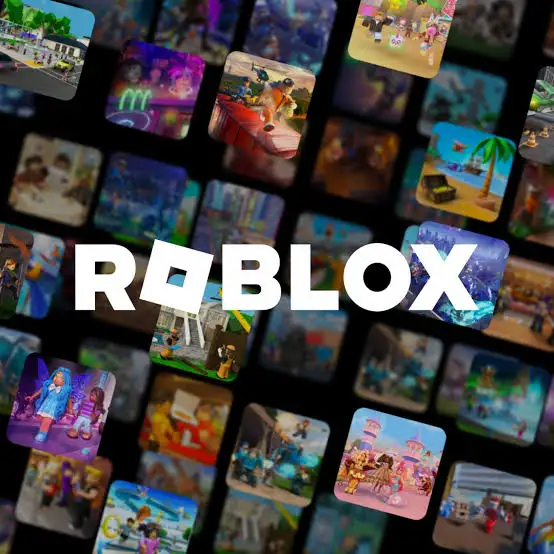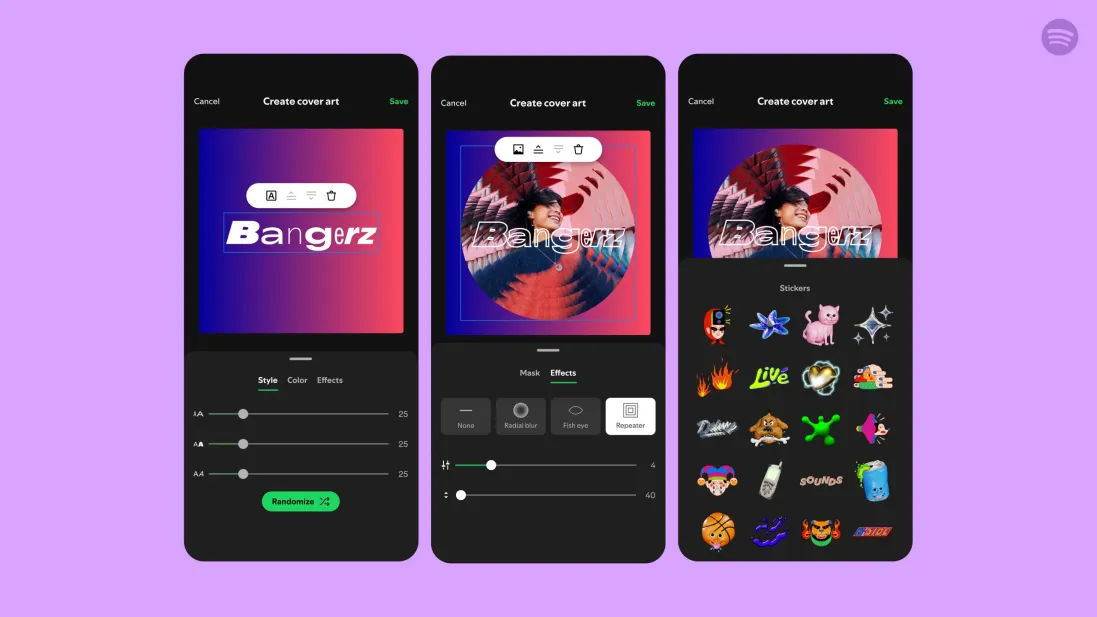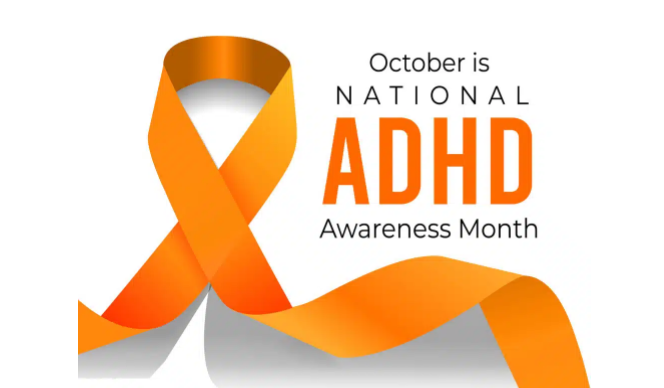While October is most commonly known for Halloween, it is also a month that raises public awareness about Attention-Deficit/Hyperactivity Disorder (ADHD) and supports those living with ADHD. ADHD is a developmental disorder that can affect a person’s behavior and lives. Symptoms vary from being inattentive, hyperactive, and impulsive.
One of the most common disorders, ADHD may be caused by the combination of multiple environmental and genetic risk factors. The ADHD symptoms exhibited in an individual may change over time, potentially causing difficulty at school, home, or with friends for children. There is no clear and straightforward test to diagnose anyone with ADHD. As many problems like depression, sleeping problems, and learning disabilities may also have similar symptoms to ADHD. Some adults may have ADHD but have never been diagnosed. Symptoms can be more severe when demands of adulthood increase.
ADHD can be best treated by behavioral therapy and medication. However, for children between the ages of four and five, parents are recommended to participate in behavioral therapy to train them. While what works best for one family may be different for another family, effective treatment plans are universal. Plans include follow-ups and close monitoring. Close monitoring of how much and whether or not treatment helps the child’s behavior.
The main goal of ADHD Awareness Month is to provide reliable information and resources to help those who are currently dealing with ADHD. There are many misconceptions surrounding ADHD, so it is important that students are not only able to understand and educate themselves about conditions, but do what they can to raise awareness.
A common misconception is that ADHD stems from bad parenting. This myth comes from seeing videos online of children with ADHD misbehaving and concluding that it must be a sign of bad parenting. While it is true that bad parenting leads to excessive stress for the child, it is important to note that the parents are doing their best under their given circumstances. A traditional way of parenting is counterproductive to a child with ADHD and would only damage a parent’s relationship with the child.
The ADHD Awareness ribbon is a spirited shade of orange—a color that signifies dynamism and warmth. While our school does not celebrate ADHD Awareness Month, you can always show your support for those with ADHD through buying an ADHD Awareness ribbon from websites like Amazon, Etsy, or Ebay.
To celebrate ADHD Awareness Month, wear a spirited shade of orange ribbon in any of your outfits or accessories and spread the word!





